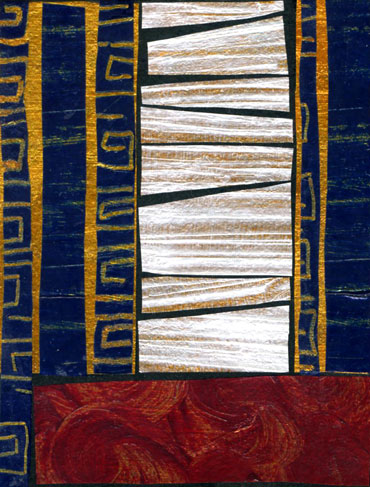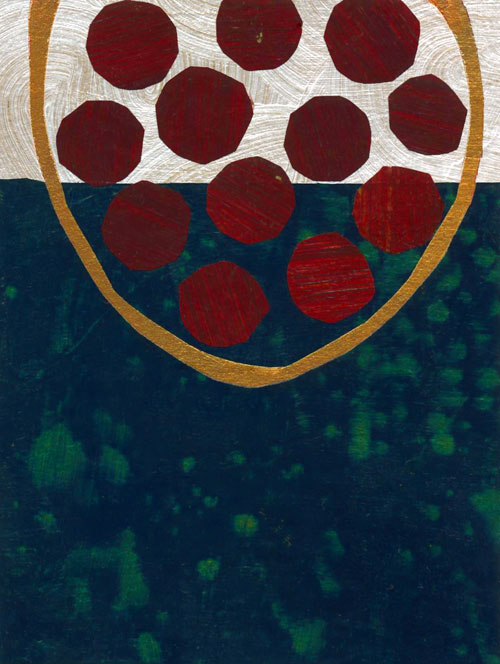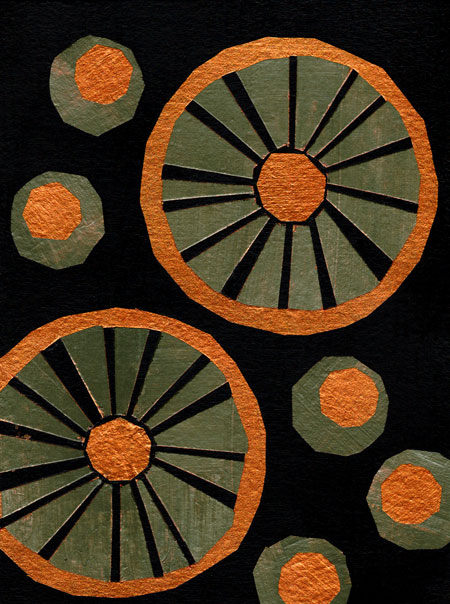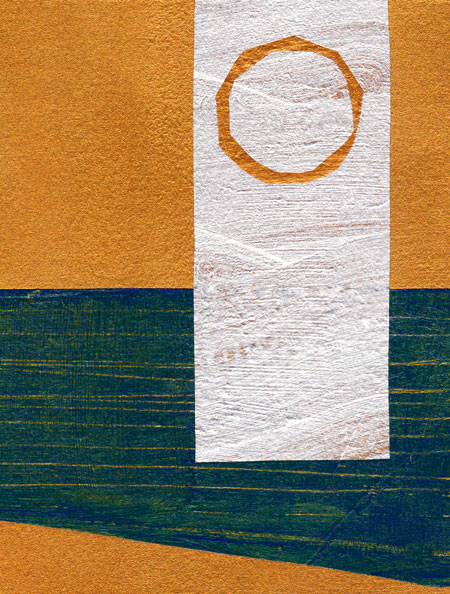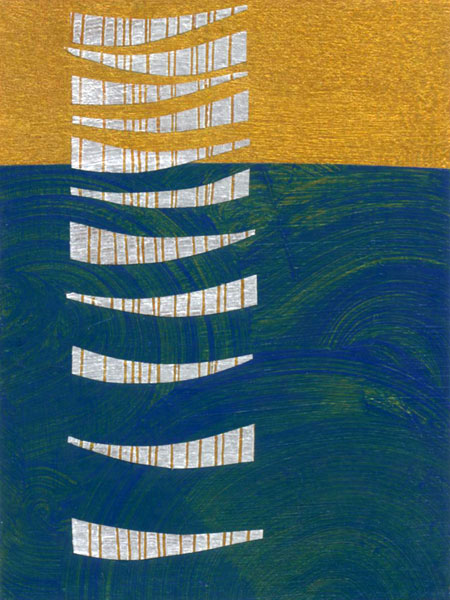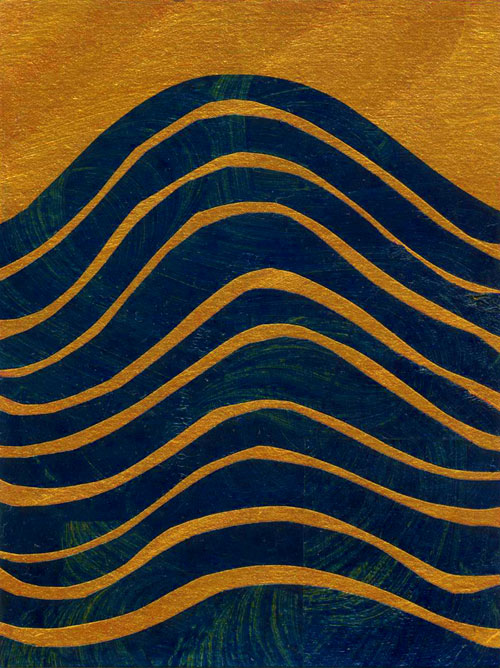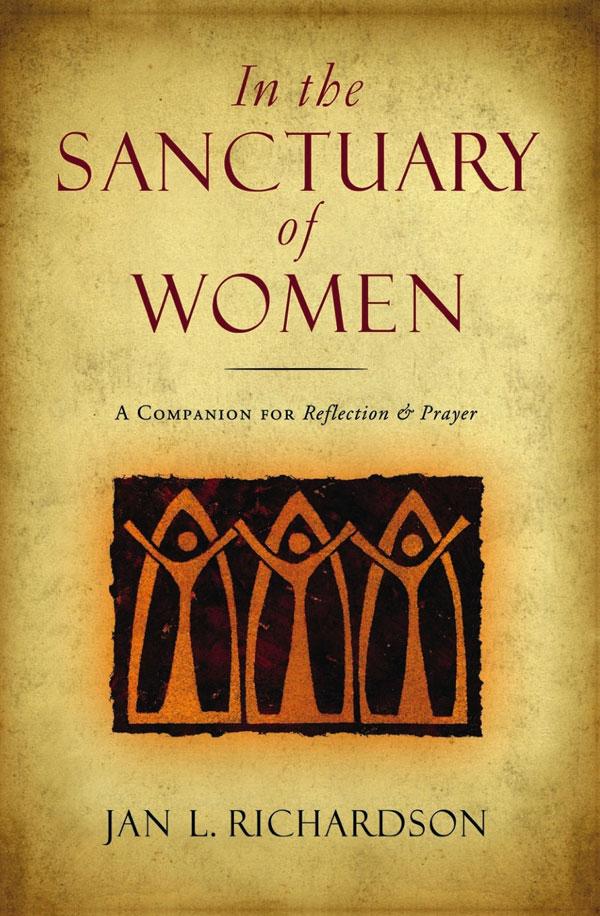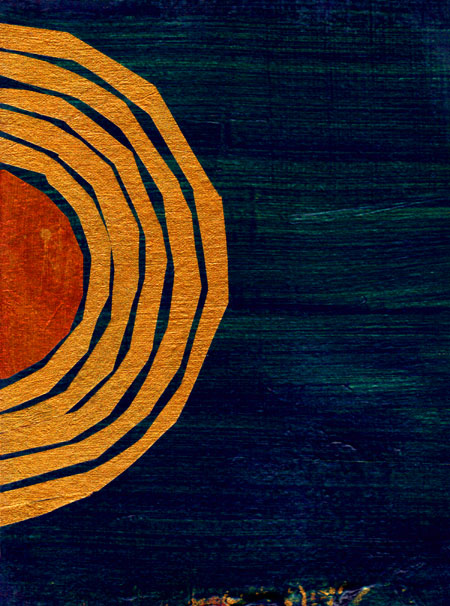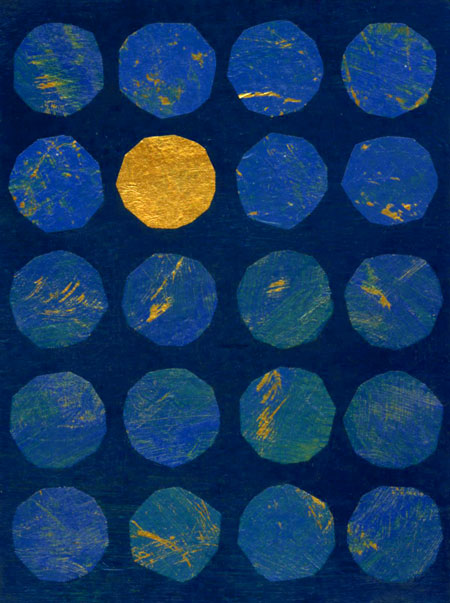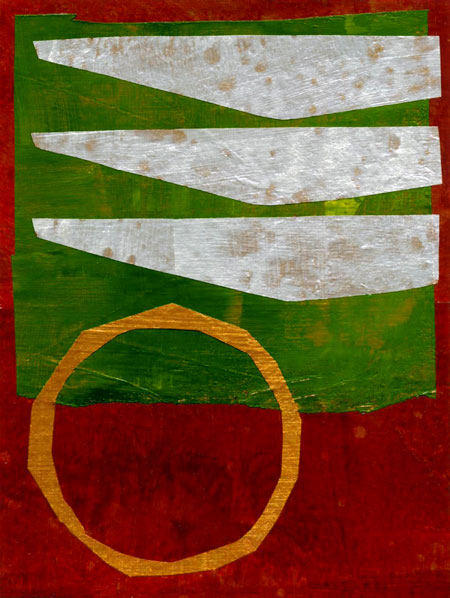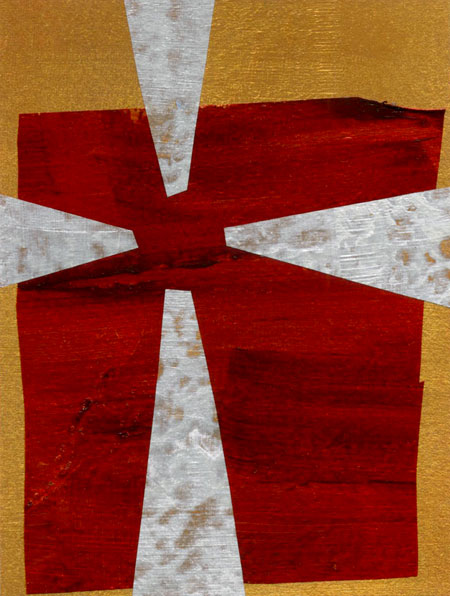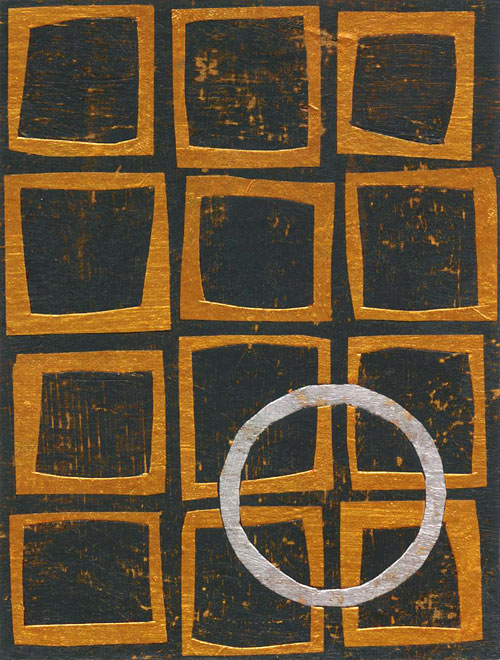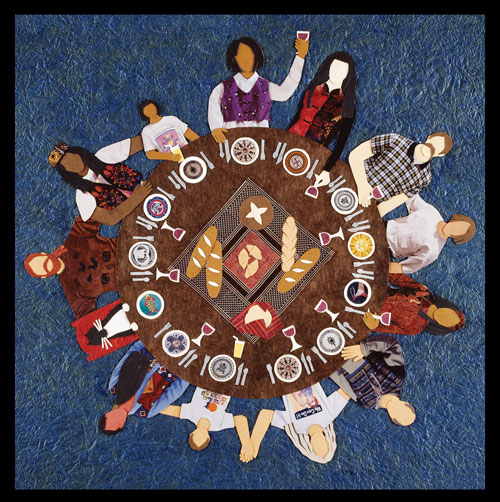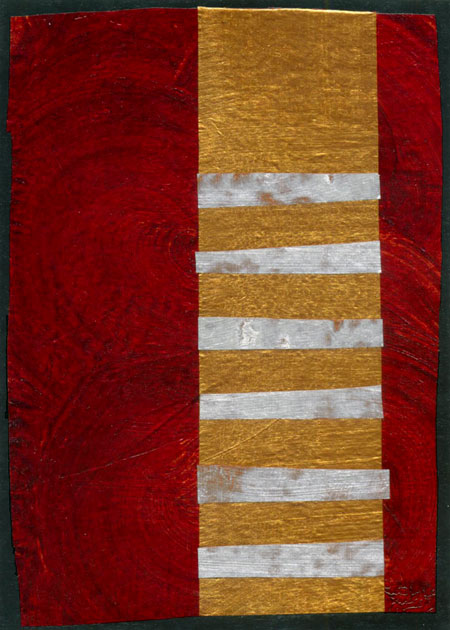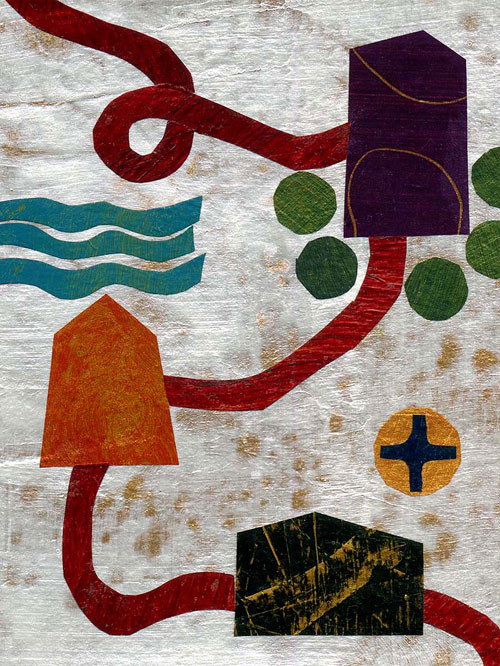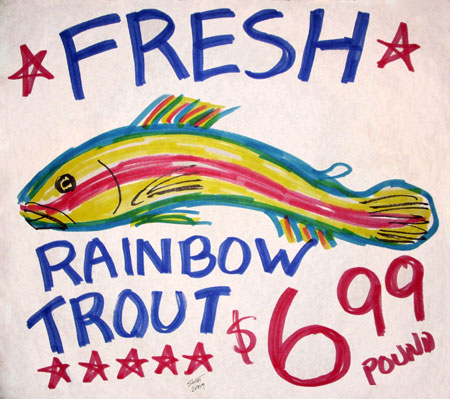
Fresh Rainbow Trout © Scott Richardson
Reading from the Gospels, Epiphany 3, Year A (January 23): Matthew 4.12-23
Summer nights, Granddaddy would stand at the white enameled table on the back porch of the lake house, cleaning the fish he had caught that day. There was a rhythm to it as he removed the heads, scraped the scales, gutted the fish, sliced the fillets that would later be fried along with the hush puppies that Mommaw made in the small kitchen of the lake house. As a young girl, I once asked Granddaddy for the eyes of a trout he was cleaning; I thought they were like jewels. I still remember the crinkle of his nose as he declined my request (to his credit, without laughing), telling me the eyes would soon stink.
More than three decades later, the blade of my grandfather’s knife glints across next Sunday’s gospel passage. I find it difficult, after all, not to imagine the logical conclusion to Jesus’ call to the fraternal fishermen: “Follow me,” he says to Simon and his brother Andrew, “and I will make you fish for people.” And likewise to Simon and Andrew’s fishing colleagues James and his brother John, who immediately leave their boats, their nets, their father.
We know what happens to fish once they’re caught. And so how do we avoid wondering what the outcome of our fishing—or of our being netted—will be? How not to think of Christ standing at a white enameled table, his blade poised over the day’s catch? Or of ourselves, helpless beneath the gutting knife?
Yet it is no logical call that Jesus extends. To be sure, following Christ can, at times, leave us feeling filleted. The gospels and other writings of the New Testament have plenty to say about the losses and leave-takings involved in pursuing Christ, the letting go that he asks of us, the dying to all that is not of God. As Simon—soon to become Peter—and his fellow fisherfolk would learn, taking up with Jesus would not place them on a logical path with a predictable end. Jesus, in calling them to a different kind of fishing, likewise had a different sort of result in mind, though not without its hazards.
The image of the fish, so pervasive in the Gospels and in the early centuries of Christianity, often appeared as a symbol of life, of resurrection, of the miraculous, as Gail Ramshaw notes in her (must-have) book Treasures Old and New. Think of the feeding of the five thousand, or the stunning catch the disciples bring in after a long night of empty nets; think of the fish bake that Jesus shares with his disciples after his resurrection. The fish even became a symbol of Christ himself, owing, in part, to the fact that the Greek word for fish, icthus, is an acrostic for the title Jesus Christ, Son of God, Savior.
Christ means for us to share in the life and resurrection and presence of the miraculous that attends his path. We find a clue to this, a sign of this, within the placement of this passage. Jesus’ call to the fishermen falls close on the heels of his baptism in the Jordan, which we have just commemorated. I think of medieval images of John’s baptism of Jesus; of how, in so many of the depictions, the waters of the Jordan rise up to meet Jesus. And in those medieval paintings, fish swim in the baptismal waters, leaping in the presence of the drenched Messiah. (For one such image, see this page from a 13th-century English psalter.)
And we who share in Christ’s baptism are likewise gathered up in the life-giving waters. He draws us not for death and destruction, nor for mere consumption, but rather to find sustenance in the waters of baptism and in the presence of Christ, who offers living water. We see this notion in the Treatise on Baptism by Tertullian, from which Gail Ramshaw quotes in her reflection on fish imagery in the scriptures: “We, little fishes,” writes the early church father, “after the example of our icthus Jesus Christ, are born in water, nor have we safety in any other way than by permanently abiding in water.”
Though following after Christ will bring its perils and parings, and the gleam of the knife casts its presence yet across this passage, the knife does not have the final word. As this lection begins with words of hope, so does it end. Opening with Jesus’ quotation of Isaiah’s stunning words about light and life coming to those who have sat in darkness and death, the passage closes by telling of how he “went throughout Galilee, teaching in their synagogues and proclaiming the good news of the kingdom and curing every disease and every sickness among the people.” It is for life, finally, that Christ gathers us up; it is for wholeness that he sends us out.
Where does this week’s gospel leave you? What draws you to Christ? What sustenance do you find with him? Are there times you feel like you’re under the fisherman’s knife, and what do you do with this? As you contemplate Christ’s own call to you, in your own specific context and vocation, what images arise for you? What symbols capture the life and wholeness that Christ desires for us—for you?
I’m pleased to have a guest artist this week: my brother, Scott Richardson, who, along with our lifelong friend Lee Deaderick, owns a seafood market called Northwest Seafood in Gainesville, Florida. (Check them out at Northwest Seafood; these “Fanatics of Freshness” will ship anywhere in the U.S.! You can also find them on Facebook.) My artful brother makes the signs that hang in their store window. I have coveted these signs, and Scott gifted me with one last year. As we ponder the piscine passage this week, it’s a treat to share Scott’s sign with you.
In the coming days, may Christ gather you up, bless you with the depths of his love, and sustain you as you follow him. Blessings.
For a previous reflection on this passage, visit Epiphany 3: In Which We Visit Our Inner Library.
And for my reflection on Mark’s account of this story, see Epiphany 3: Hooked.
